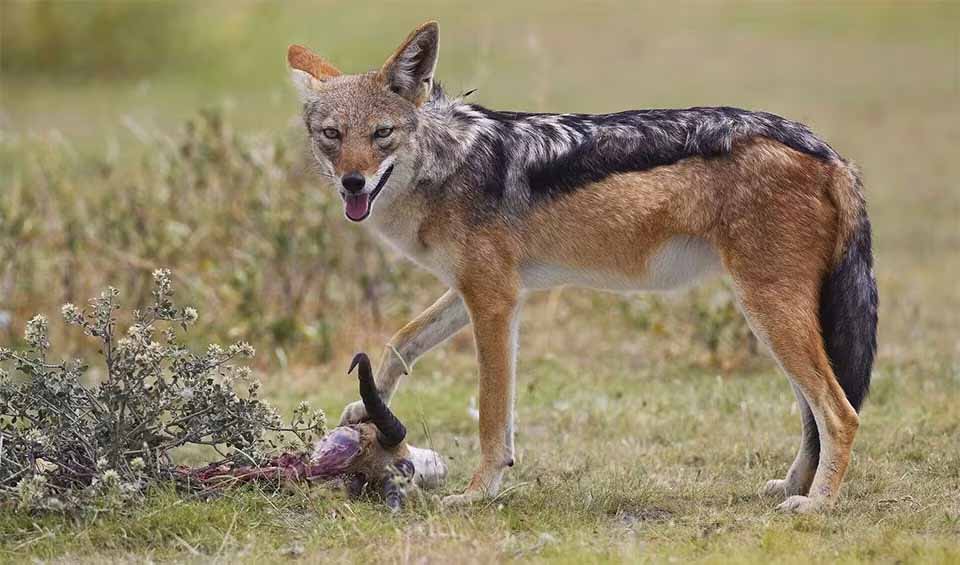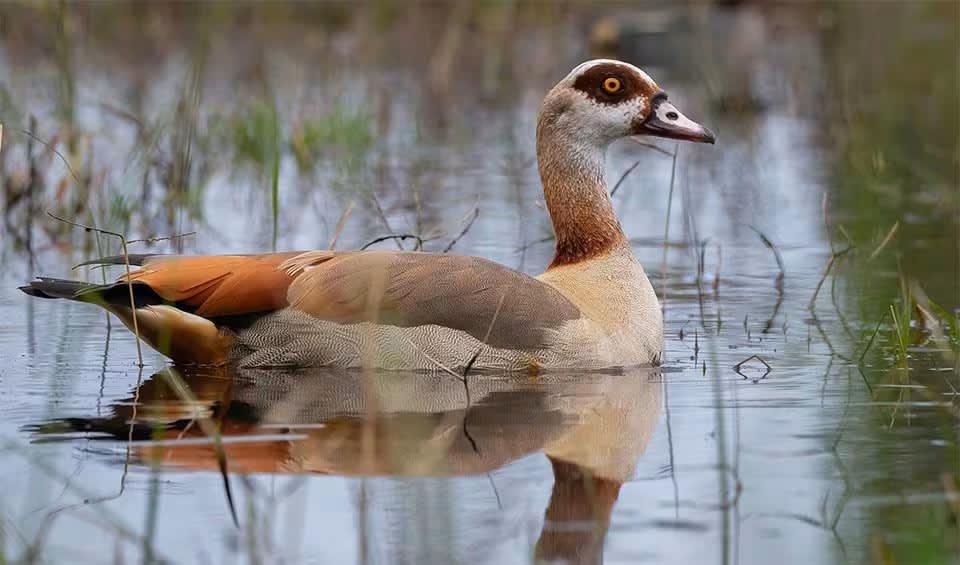Djibouti, a small nation in the Horn of Africa, spans roughly 23,310 km² (9000 mi²) and shares borders with Eritrea, Ethiopia, Somalia, the Red Sea, and the Gulf of Aden. The country predominantly features desert terrain made up of volcanic rock and receives sparse, irregular rainfall. Vegetation is scant, mainly comprising thorn scrub and palm trees. A 1998 report underscored the economic significance of Djibouti’s biodiversity, noting its potential to boost tourism, fisheries, and other sectors.
The country displays a variety of vegetation types, including woodlands, bushlands, herbaceous grasslands, and mangrove forests along the coastline. The landscape varies from northern mountain regions to volcanic plateaus in the central and southern areas, extending to the coast. Despite the arid climate, the terrain is rugged, characterized by high plateaus, mountain ranges, and mid-altitude hills.
Four pillars elaborated:
Djibouti is home to seven national protected areas, including four on land and three in marine environments. In March 2014, an additional 600-hectare (6 km²) coastal area (Haramous-Douda) was set aside for protection. Together, these protected regions encompass 344 km² (133 mi²) of terrestrial space and 12 km² (5 mi²) of ocean. Djibouti has also partnered with international bodies such as the Global Environment Facility (GEF) to ensure these marine areas are managed effectively. Land Management
Land Management
Primary factors contributing to biodiversity loss include the depletion of water resources for human, livestock, and agricultural use, as well as the need for timber and grazing land. Economic growth has led to increased pollution from urban, suburban, and coastal areas due to maritime activities. Additionally, excessive fishing and illegal fishing practices along with droughts and disease are impacting coastal livestock populations. Threats to Biodiversity
Threats to Biodiversity
Indirect pressures stem from the vulnerability of grazing plants to climate stress, leading to high plant death rates and reduced recovery rates. This occasionally forces families to move their livestock to areas with better conditions, such as places with available water, schools, and health centers. Under these stressful conditions, livestock may die or be sold off. Furthermore, the growth of the timber industry, including wood and charcoal production, and the spread of invasive species like Mesquite, significantly harm biodiversity. However, the overriding issue is persistent rural poverty, mainly due to the population’s inability to cope with climate-related challenges.
The government of Djibouti has implemented several measures to safeguard and enhance its biodiversity. These initiatives include the creation of protected areas to conserve vital habitats for native species, the establishment of stringent regulations and robust enforcement mechanisms to prevent habitat destruction and illegal activities, and the conduct of research and monitoring to thoroughly understand biodiversity and set conservation priorities. Capacity and Governance
Capacity and Governance
Additionally, Djibouti emphasizes community involvement in sustainable resource management and supports alternative livelihoods to ensure that conservation efforts are both inclusive and beneficial to local populations. The country also engages in international collaborations with organizations like the United Nations Development Programme (UNDP) and the Global Environment Facility (GEF) to bolster marine biodiversity protection and improve the management of marine protected areas.
Djibouti’s Vision 2035 targets sustainable development through several key pillars, with “biodiversity and valuing the environment” being one of the central focuses. This pillar highlights the critical importance of preserving both biodiversity and marine resources for the nation’s future prosperity. Additionally, the Global Support Programme is helping Djibouti progress its National Adaptation Plan (NAP) process, which aims to enhance the connection between scientific research and policy-making across various sectors such as agriculture, livestock, tourism, and coastal management. This effort is in line with the sustainable development objectives set out in Djibouti’s Vision 2035. Future Trends
Future Trends
Biodiversity
Djibouti’s coastline along the Red Sea and the Gulf of Aden spans approximately 370 kilometers (230 miles) and features a variety of marine habitats, including coral reefs, mangroves, and seagrass beds. These ecosystems are crucial for marine biodiversity, supporting numerous species of fish, crustaceans, and mollusks. The coral reefs around the islands of Maskali and Moucha are particularly rich in marine life, providing habitats for species such as whale sharks, manta rays, and various types of dolphins. Mangrove forests along the coast are vital breeding and nursery grounds for fish and other marine life. They also support bird species like herons, egrets, and the endangered lesser flamingo.The majority of Djibouti’s landscape is dominated by arid and semi-arid environments characterized by rocky plateaus, volcanic formations, and sparse vegetation. The desert areas support specialized wildlife adapted to extreme conditions, including the Somali wild ass, Dorcas gazelle, and various reptiles such as the African rock python and desert monitor lizard. Plant life in these regions includes drought-resistant species such as acacias and hardy shrubs that can survive with minimal water.
In the table below are the number of known species in several main groups, how many of these species are Threatened with extinction, and how many of them are Endemic (unique to Djibouti only):
| Species (World rank) |
Threatened | % Threatened | Endemic | % Endemic | |
|---|---|---|---|---|---|
| Mammals | 102 (#110) | 11 | 10.8% | ||
| Birds | 291 (#130) | 15 | 5.2% | 1 | 0.3% |
| Reptiles | 35 (#134) | 1 | 2.9% | 1 | 2.9% |
| Amphibians | 5 (#162) | ||||
| Fishes | 398 (#137) | 37 | 9.3% | 1 | 0.3% |
| Plants | 820 (#185) | 3 | 0.4% |
mammals
Aardwolf
Unlike other hyenas, they do not hunt or scavenge but mainly consume termites
Black-backed jackal
Has two subspecies populations, separated by 900km (560 miles)
Aardvark
Dig large subterranean burrows that other animals can hide in during fires, hence preventing wildlife deaths
birds
Somali ostrich
Blue necked browser ostrich from North-east Africa
Bearded vulture
The only living creature that feeds on bone marrow from carcasses in high and inaccessible mountain areas
Egyptian goose
They were commonly depicted in art from ancient Egypt
reptiles
Painted saw-scaled viper
A venomous and aggressive snake with the highest mortality rates in the areas of its occurrence
African spurred tortoise
This giant is the largest African and third of all the tortoises on earth
Yellow-bellied sea snake
The most widespread species of snakes on earth are found throughout the Indian and Pacific Oceans and from Africa to Central America
National Animals
Elk
Clashing with their antlers, the winner takes it all!














